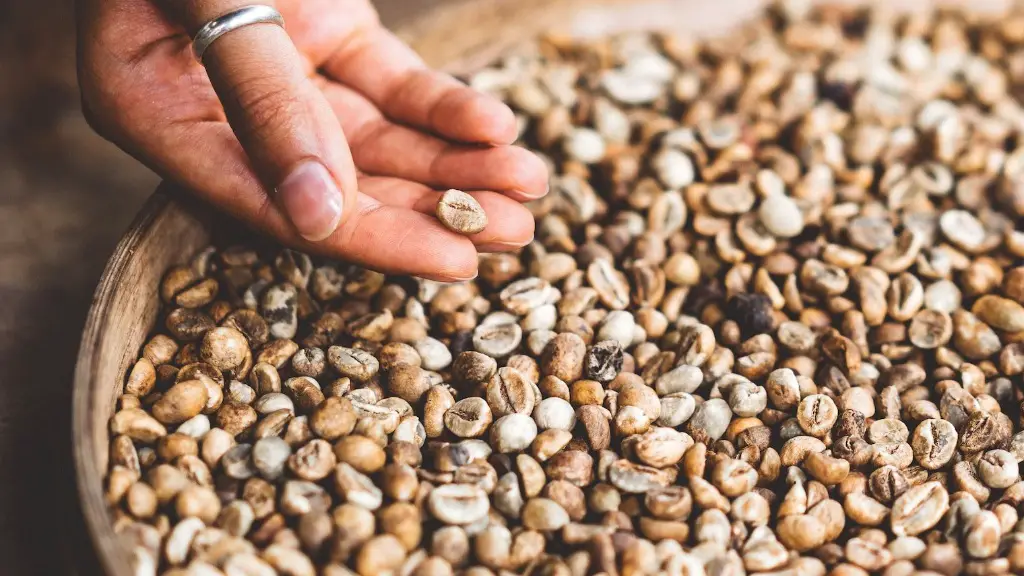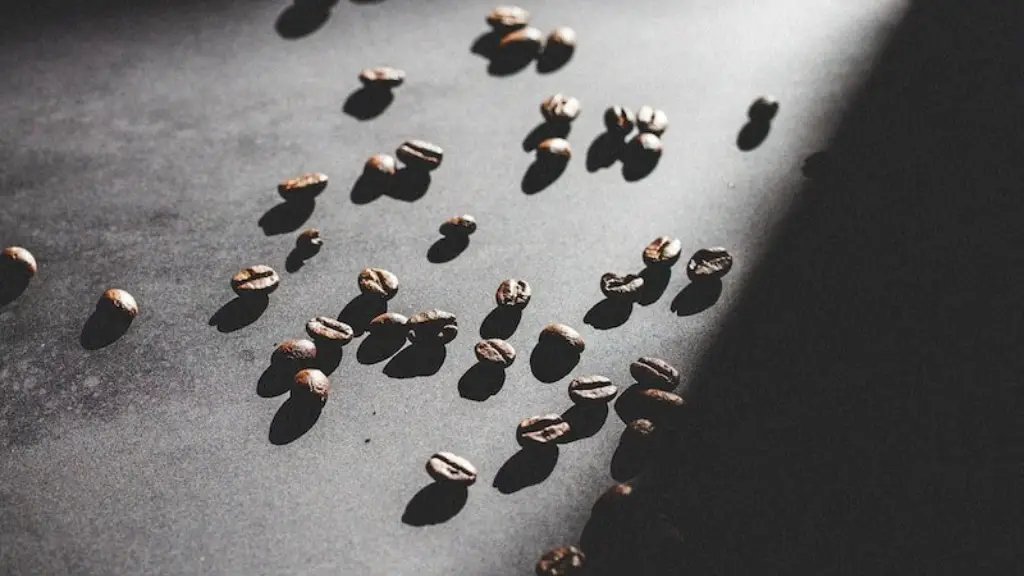It’s no secret that Starbucks is one of the most popular coffee chains in the world. But how does Starbucks decaf their coffee? The process begins with beans that have been decaffeinated using either the Swiss water process or the direct solvent process. The beans are then roasted and ground before being brewed. The final cup of coffee is then ready to be enjoyed.
The process begins with green coffee beans that are decaffeinated using one of two processes, either the methylene chloride process or the ethyl acetate process. The beans are then roasted to Starbucks’ standards and ground.
Is Starbucks decaf coffee really decaf?
The decaffeination process removes 97% or more of the caffeine, leaving only very little traces in the green coffee beans. This is good news for those who want to enjoy the taste of coffee without the side effects of caffeine. A typical cup of decaf coffee has about 2 milligrams of caffeine, in comparison to a regular coffee that contains about 95 milligrams of caffeine.
Methylene chloride is a solvent that is used to remove caffeine from coffee beans. This chemical is also used in a wide range of other products, including paint strippers and degreasers. The use of methylene chloride in decaf coffee production is why many coffee enthusiasts try to avoid decaf coffee varieties.
Which Starbucks decaf coffee is water processed
These are the only two decaf coffees that are made without the use of chemical solvents. The Swiss water process is a non-toxic way to decaffeinate coffee, and these two coffees are the only ones that use this process.
If you’re looking for a completely caffeine-free drink, you might want to try one of Starbucks’ non-coffee beverages. But if you’re just looking to cut down on your caffeine intake, all you need to do is ask your barista to use decaf coffee beans in your drink. Just be aware that even decaf Starbucks drinks contain small amounts of caffeine.
What chemicals are used to decaffeinate coffee?
The most common methods of decaffeination involve chemical solvents, usually ethyl acetate or methylene chloride. In the direct method, the coffee beans are steamed and then rinsed repeatedly with the chemical solvent to flush away the caffeine.
The methylene chloride process is thought by some in the coffee industry to maintain coffee flavor better than other processes. Based on extensive research data, the US Food and Drug Administration (FDA) has determined that methylene chloride is safe for use in coffee decaffeination.
What are the disadvantages of decaffeinated coffee?
One must be aware of the side effects of decaf coffee associated with its excessive consumption. It may cause heart complications by increasing bad cholesterol levels, aggravate rheumatoid arthritis and acidity, interfere with iron absorption, and cause headaches and drowsiness.
Some experts have suggested that decaf coffee may be healthier than regular coffee, and two new studies seem to support this claim. The first study, published in the journal BMJ, found that people who drank at least four cups of decaf coffee a day had a 12% lower risk of premature death than those who didn’t drink any coffee at all.
The second study, published in the journal PLOS ONE, looked at the effects of decaf coffee on mice and found that it protected them from developing obesity and insulin resistance, two risk factors for type 2 diabetes.
So if you’re looking to improve your health, you may want to consider switching to decaf coffee. Just be sure to watch your sugar and cream intake, as these can negate the health benefits of coffee.
What is the healthiest process for decaf coffee
The Swiss Water Process is the best method to remove caffeine from coffee beans because it is a natural process that uses only water to remove the caffeine. This process removes 999% of the caffeine from the coffee beans, making it a great choice for those who are looking for a decaffeinated coffee.
The Swiss water process is a decaffeination method that uses only water to remove caffeine from coffee beans. This process is said to be environmentally friendly and chemical-free. It is also said to be the most recognized decaffeination method. However, some people argue that the Swiss water process is not the best way to decaffeinate coffee.
Does water process decaf use chemicals?
The Water Process is a great way to decaffeinate coffee without using any chemicals. The process is 100% chemical free, and it is certified organic by OCIA. This process is used by premium roasters and retailers, and it is demanded by informed and discerning decaf drinkers.
This study shows that decaffeinated coffee can help to lower blood sugar levels after a meal. This is likely due to the fact that decaffeinated coffee contains less sugar than other types of coffee.
How much caffeine is in a shot of Starbucks decaf
The researchers noted that the decaf espresso contained 3–158 mg per shot, while the decaf coffee had 12–134 mg of caffeine per 16-ounce (473-ml) serving. They suggested that people who are sensitive to caffeine should be mindful of these differences when choosing their beverages.
It’s true that decaffeinated coffee doesn’t usually taste much different from regular coffee. The main difference is usually in the flavor profile, which is often slightly more sour. This is due to the way the coffee beans are processed.
What does 1 2 decaf espresso mean?
If you are looking for a less caffeine kick in your drink, order a half-caf the next time you are at your local coffee shop. This drink has one shots of espresso replaced with a decaffeinated blend.
Regular coffee has been shown to have anti-inflammatory effects, and it is likely that decaffeinated coffee would have similar effects. However, more research is needed to confirm this.
Warp Up
Decaffeinated coffee is coffee from which the caffeine has been removed. The caffeine is removed by extracting it with water and chemicals, and then the water is removed, leaving behind the coffee without the caffeine.
The answer is decaffeination. Starbucks decafs their coffee by using the decaffeination process. This process is a process of removal of caffeine from coffee beans. The decaffeination process can be done by using water, solvents, or natural enzymes.





